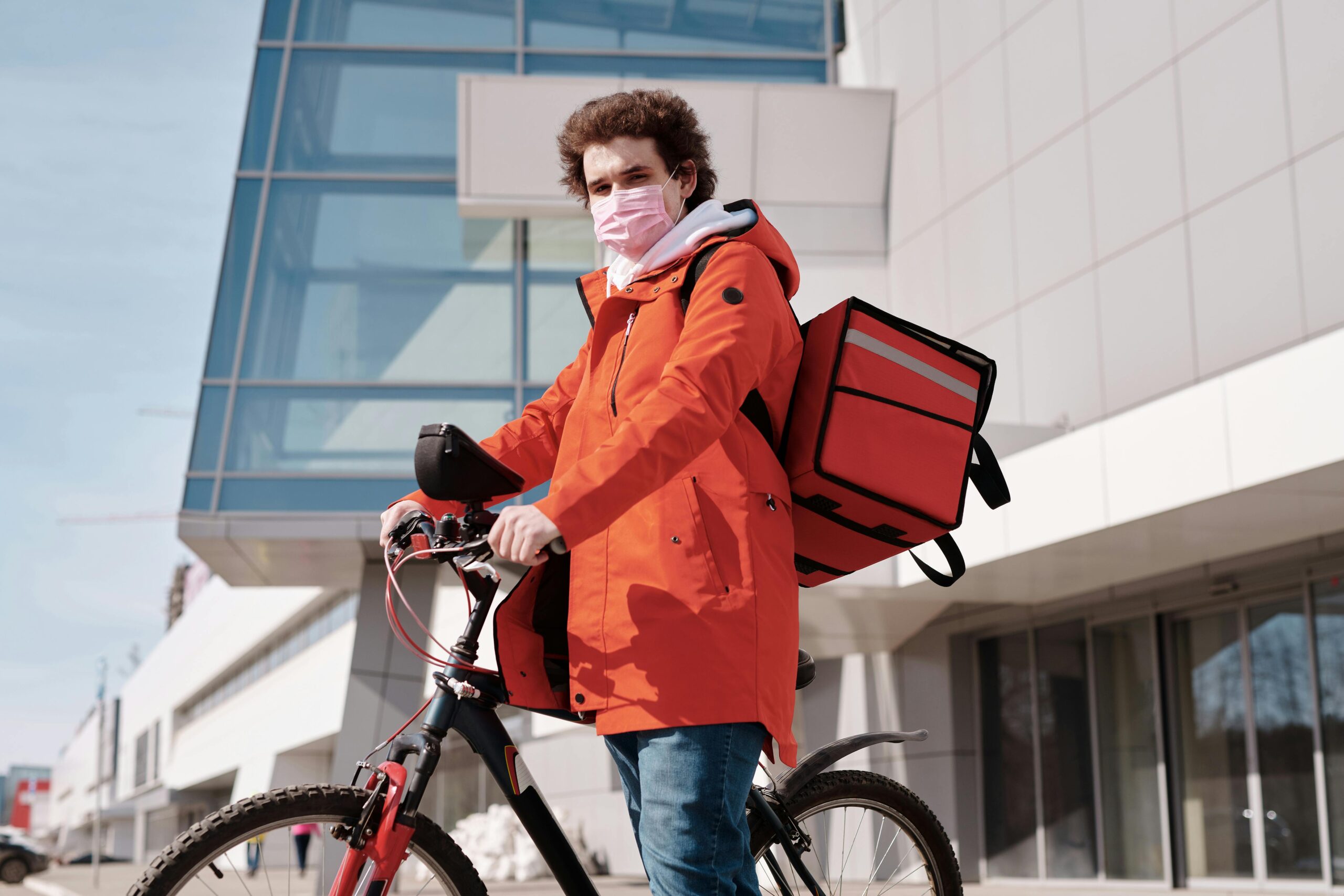Last mile delivery is the last stage in the process of delivering goods from the point of origin (warehouse or store) to the final recipient. This stage is considered the last mile because it includes the last part of the journey that the product goes through before falling into the hands of the buyer.
Entrepreneurs and e-commerce are constantly looking for optimal solutions to improve this area of logistics. And in this article we will look at 2 nuances:
- What challenges may last mile delivery face in the coming years;
- What are the solutions to these problems?
Last mile delivery challenges
Based on current trends and forecasts for 2024-2025, we can assume that last mile delivery may face the following realities:
- Traffic congestion. Growing urban populations and increased online shopping can lead to increased traffic congestion, making it difficult to quickly deliver on the final leg of a route.
- Environmental issues.Increasing demands for sustainability and reduced emissions may impact last-mile logistics, requiring new technologies and delivery methods.
- Technological challenges. The adoption of new technologies such as autonomous vehicles and drones may face technical, legal and regulatory barriers.
- Security and theft evasion. With the increase in online sales, security issues may arise in the middle of last-minute deliveries, as well as product theft.
- Increased volume of returns. Increased returns capabilities can also impact last-mile logistics, creating additional complexity in processing returned goods.
Parcel Lockers as a solution for last mile delivery in 2024-2025
Parcel Lockers provide an innovative solution to optimize last mile delivery. These smart automated terminals give customers the ability to pick up their packages at a time and place that suits them. Why this technology may be one of the most popular in e-commerce in the coming years:
- Flexibility and convenience. Recipients can choose the place and time to receive packages, which makes the process more flexible and convenient for them.
- Optimization of time and resources. The use of automated parcel boxes can reduce the burden on the courier service, reducing the number of trips by couriers and optimizing delivery routes.
- Safety and convenience for couriers. Self-service lockers provide a secure place to temporarily store packages, reducing the risk of loss and increasing convenience for couriers.
- Parcel Lockers can be placed in various locations such as shopping and office centers, metro stations, airports and other public places, improving the coverage and scalability of the delivery service.
- Economic efficiency. Using Parcel Lockers can reduce last mile delivery costs as the automated process can be more efficient and less costly.
Conclusion
However, there are also challenges, such as the need to maintain and maintain Parcel Lockers, as well as inconvenience for those who prefer classic courier delivery. But Parcel Lockers continue to gain attention and are used in various countries as part of a strategy to optimize last-mile logistics. Including to resolve issues of traffic congestion, environmental safety and an increased number of returns.

